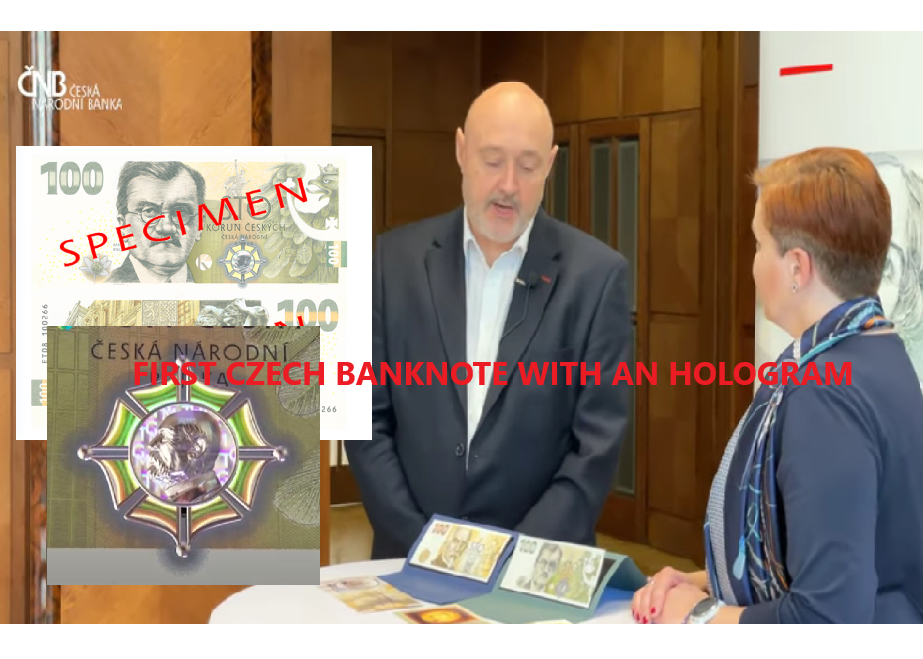
Czech commemorative banknote dedicated to the economist KAREL ENGLIS
- April 02, 2022
- by
- Pierre

The decision to issue a second commemorative bill, following the one issued in 2019, with a face value of CZK 100 in the year 2022 with a portrait of Karel Engliš was approved by the Bank’s Board of Directors on October 3, 2019 when approving the new issue plan for the years 2021 to 2025.
The series of three commemorative banknotes (issued or to be issued in 2019, 2022 and 2026) has a main topic which is “The construction of the Czechoslovak currency through time”.
In order to ensure a certain artistic and technical uniformity of a number of commemorative banknotes, the academic painter Eva Hašková, winner of the art competition for the first commemorative banknote, was invited on February 19, 2020 to create artistic designs for the second and third commemorative bills.
The artistic proposal for the 2022 commemorative banknote design was submitted by Ms. Hašková on August 25, 2020. At its meeting on September 1, 2020, the Evaluation Commission of the Czech Central Bank unanimously evaluated and recommended the realization of this proposal.
At its meeting on October 1, 2020, the Board of Directors of the Czech National Bank confirmed the Commission’s decision and approved the implementation of the bill in accordance with the proposal submitted by academic painter Eva Hašková.
In addition to the other usual security features, especially the registration mark and the hidden design, the bill will bear a hologram, a distinctive element with a number of protective effects.
The second Czech commemorative banknote in the series dedicated to Czechoslovakian currency, with a portrait of Karel Engliš, will be issued by the Czech National Bank on March 30, 2022. The planned print run is 20,000 bills.
WHO IS KAREL ENGLIS?
Karel Engliš was born in the Silesian village of Hrabyně. He came from a very modest background and the issue of personal finances was crucial for him throughout his high school and university years. This later led him to try to improve the social conditions of the poorer social classes.
During his studies at the Faculty of Law of the Czech Charles Ferdinand University in Prague, Professor Albín Bráf accepted him into his seminars.
Originally, he was one of the main leaders of the Moravian wing of the National Democracy, but after the creation of Czechoslovakia, he was dragged into Prague politics and became a member of the National Revolutionary Assembly.
It was there, among other things, that he prepared the first Czech monetary law. The dispute over its implementation was one of the first clashes he had with the Minister of Finance Alois Rašín. Later, he had disputes with him mainly because of the deflationary policy, i.e. the policy of appreciation of the exchange rate of the Czechoslovak crown.
Karel Engliš, in contrast to Rašín, demanded that the currency be stable, because he saw production and trade as the main ones, while the currency was only an important instrument. His view of the crown is well illustrated by a quote he gave as Minister of Finance at the investiture of the first governor of the National Bank of Czechoslovakia, Vilem Pospíšil: “I hand over to you the most precious jewel of the nation, our Czechoslovak crown, a jewel that is neither of gold nor silver, but of labor. It represents a certain miniature fraction of our national product, a certain miniature measure of life, a piece of production and work.
Nevertheless, it was not until the mid-1920s that deflationary policies were abandoned and the policy of stabilizing the krone was dropped.
Engliš ceased to be a member of the National Democracy in 1925 and accepted further ministerial engagements only as an expert minister. In the first half of the 1920s, he became an important and well-known financial expert who had the support of President Tomáš Garrigue Masaryk, the chairman of the Agrarian Party Antonín Švehla, and a part of the business community, represented for example by Karel Loevenstein. In addition to this support, he increasingly used today’s words “public relations” through the press and conferences. He was also one of the few ministers of finance to pass a reform, especially the reform of the budget rules and the tax system in 1927.
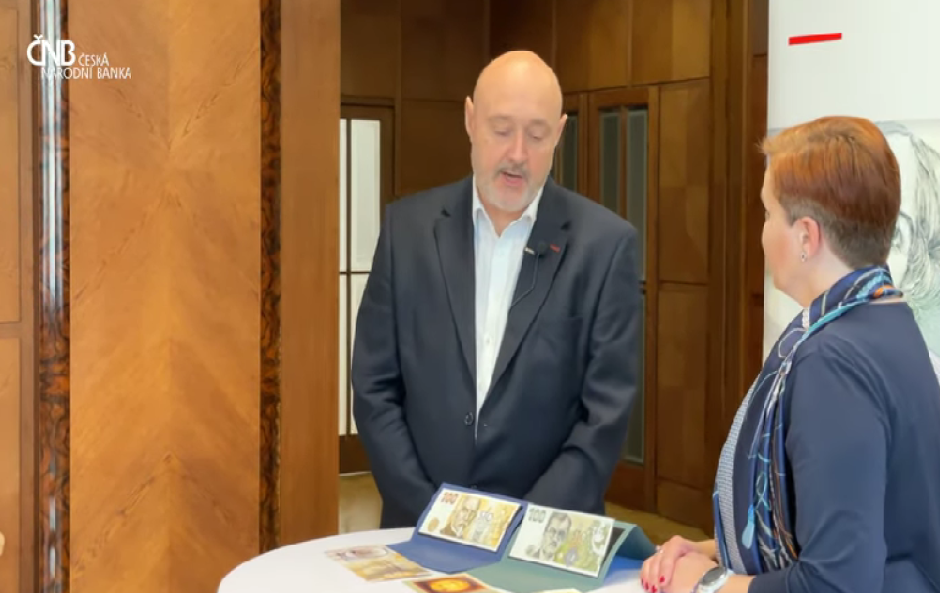
In the years of the Great Depression, he advocated a reduction in the gold content of the crown.
Karel Engliš later became governor of the National Bank of Czechoslovakia. In addition to the devaluation, the revival of the Czechoslovak economy was also facilitated by the creation of the Czechoslovak Institute of Reinsurance and Lombardy, which was promoted by Engliš, the purpose of which was to maintain the liquidity of financial institutions and regulate the trade of state loans. Today we would say the operation of the central bank in a free market in favor of financial stability.
Engliš’s work at the National Bank focused on the recovery of the money market, but he always kept the issuing policy independent of the central bank and refused to provide loans to the state budget. He was against the demands for greater liberality in the issuance policy of the central bank, that is, de facto inflation. In monetary policy, he sought to ensure the availability of funds, especially in the area of credit policy and interest rates. As part of its mandate, the central bank also lent to export-oriented industrial enterprises that promised an early return on investment in valuable currencies. Through his work at the National Bank, Engliš realized his concept of a stable currency, viable even in the many upheavals brought by the second half of the 1930s.
The threat of an imminent war confrontation prompted the National Bank under Engliš to cooperate with the Czechoslovak government in seeking new sources to increase arms spending. For example, he authorized loans to companies related to arms production. Governor Engliš also initiated the relocation of most of the Czechoslovak gold reserves abroad, which proved useful for the Czechoslovak government in exile in London during World War II.

2022 commemorative banknote specifications
The bill measures 84 mm wide and 194 mm long. The tolerance in its width is 1.5 mm and in its length 1.5 mm.
The banknote is printed on natural colored paper with a central watermark, a white watermark and a protective strip. The watermark consists of a portrait of Karel Engliš. Next to the watermark with a portrait of Karel Engliš, there is a white line watermark indicating the value “100” and an anemone flower towards the center of the bill.
In the translucent window, the microtext “1880 – 1961” and two “shamrocks” can be read on the strip.
The paper used for printing the banknotes has visible orange protective fibres, about 6 mm long.
On the obverse of the banknote, in the left part of the printed design, there is a portrait of the Czechoslovak Minister of Finance and later Governor of the National Bank of Czechoslovakia, Karel Engliš.
It is printed from a depth in dark brown. The text “KAREL ENGLIŠ” is located to the left of the portrait. It is also printed in large type in dark brown.
To the right of the portrait is the building of the headquarters of the Czech National Bank in Prague with a sculpture of the Light Bearer with a lion, which is printed from the surface in shades of green, ochre and brown.
Around the sculpture, there is a micro-text in positive and negative repetition of the names of the representatives of the central bank between the years 1919 and 2022.
In the lower part of the building there is a hologram with a motif of the Order of Tomáš Garrigue Masaryk III, in profile on the left.
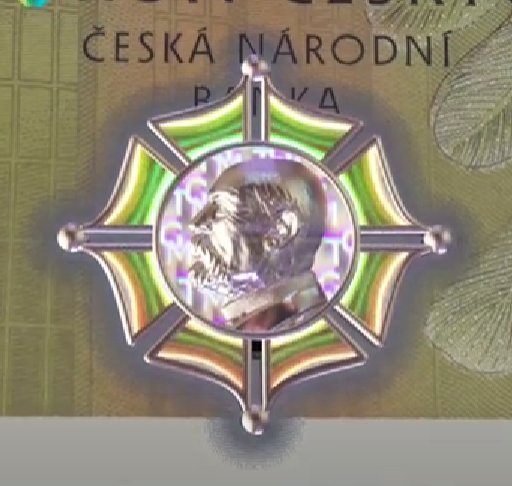
On the right side of the building, a part of the Silesian eagle in dark brown tones is printed in depth. On the lower edge of the banknote on the left, the name of the author of the banknote design “EVA HAŠKOVÁ INV.”, and on the right the name of the engraver “MARTIN SRB SC.” are printed in small characters in dark brown.
In the right part of the print pattern, in two lines, there is a text indicating the face value of the bill “STO KORUN ČESKÝCH”. Below in two lines there is a text indicating the name of the issuing bank “ČESKÁ NÁRODNÍ BANKA”. The area of the letters of the word “STO” is filled with the repetitive microtext “STO”.
To the right of the hologram is the designation of the issuing bank representative with the text “GOVERNOR” and a facsimile of his signature.
The year of issue of the bill “2022” is indicated by the subtext “GOVERNOR”. All of the above texts are printed from the depth in dark brown.
On the stripe near the right edge of the bill, the number “100” and the repetitive half-text “100” are printed in negative. The background of the bill is colored with shades of green, brown and ochre.
At the top of the bill, the value number “100” is intaglio printed in shades of green, indicating the denomination of the bill.
The number area is filled with the repeating micro-text “KE”. In the lower part of the banknote an anemone flower is printed. In the circular area with the anemone flower is placed a hidden pattern, which at a certain angle of incidence of light creates a dark or light number “100”, reminding the face value of the banknote.

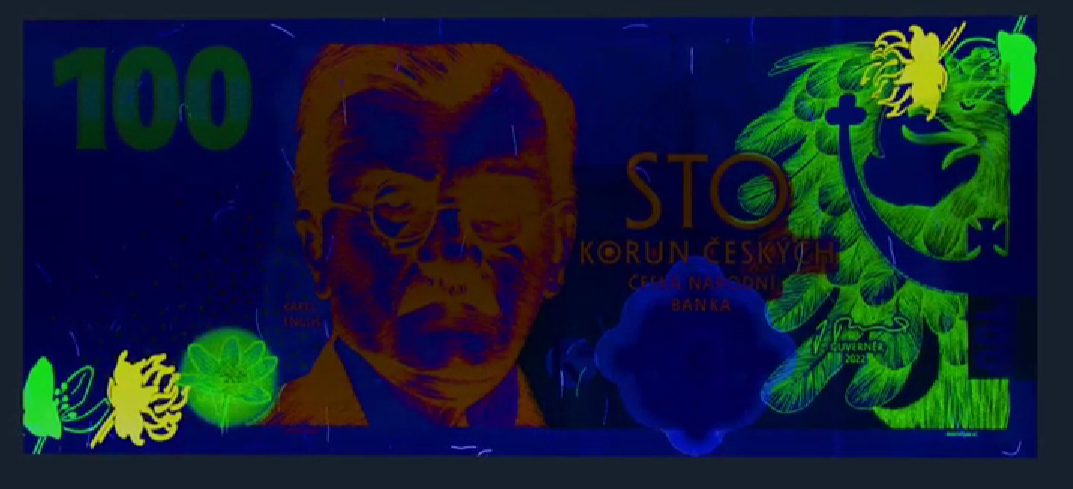
On the reverse side of the banknote, in the middle of the printed design, there is a representation of a pair of giants from the facade of the Clam-Gallas Palace building in Prague. To the left of the representation of the giant duo is printed the facade of the Clam-Gallas Palace in Prague, the former seat of the Ministry of Finance of the Czechoslovak Republic. To the left of the sculptural group at the top is the large national emblem of the Czech Republic. The facade of the Clam-Gallas Palace, the sculptural group and the coat of arms are printed from the depth in dark brown. On the strip near the left edge of the banknote, the number “100” and the repetitive microtext “100” are marked negatively.
Parallel to the bottom of the banknote is the text “COUNTERFEIT OF BANKNOTES IS PUNISHABLE BY LAW”. On the bottom edge of the banknote, the text “© ČESKÁ NÁRODNÍ BANKA” is printed in small type on the left, the text “STÁTNÍ TISKARNA CENIN, STÁTNÍ PODNIK, PRAHA” in the middle and the name of the engraver “MARTIN SRB SC.” on the right. All the listed parts of the printing form and the rotogravure outlines are printed flat in the shades of green, ochre, orange, brown and blue.
At the top of the coupon, the number “100” is printed in depth in shades of green and ochre, indicating the denomination of the bill. The number area is filled with the repeating microtext “100”.
The identification of the bill series with two large letters of the alphabet and a two-digit number and a six-digit serial number of the bill is printed horizontally in the lower right direction of the coupon and vertically in the upper left direction. The serial designations and serial numbers of the bill are printed from a height in black.

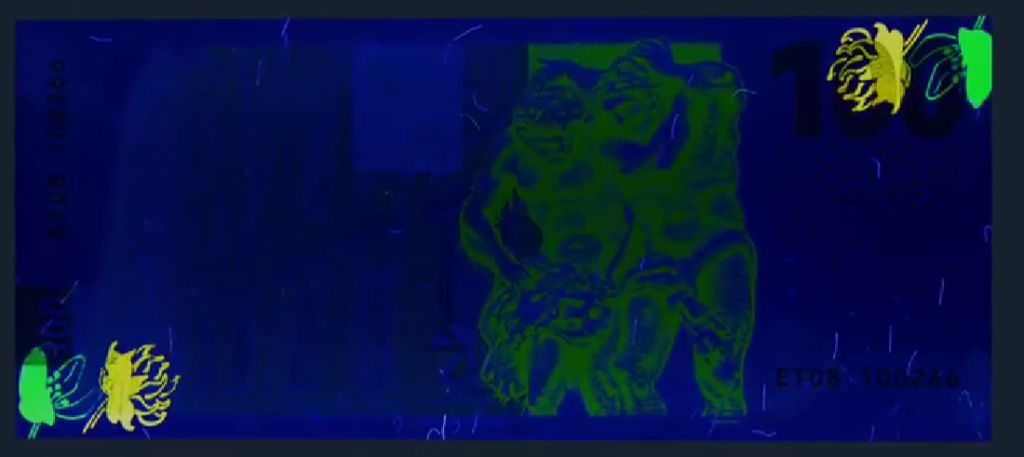
Sources: Czech Central Bank and NUMISMAG


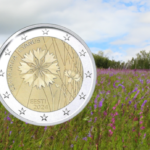
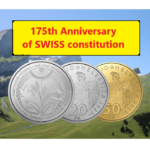
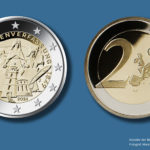
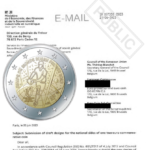

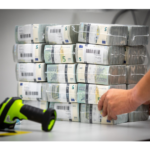

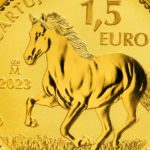



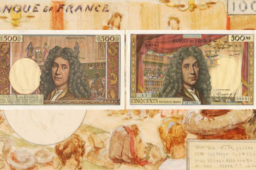
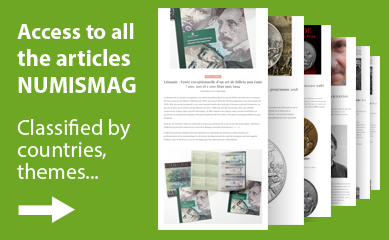
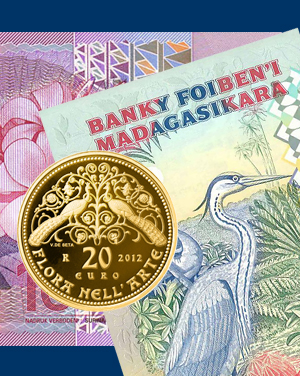
1 Comment
Asif Jawid
9th Oct 2022 - 8 h 58 minHello , I’m a banknote collector & carrying hobby since school time. Visiting Prague on 18th October and would like to add commemorative banknotes & regular 100/200 & 500 Korner in my collection. Can you please guide me?
Asif Jawaid
Manager IT & Imports.